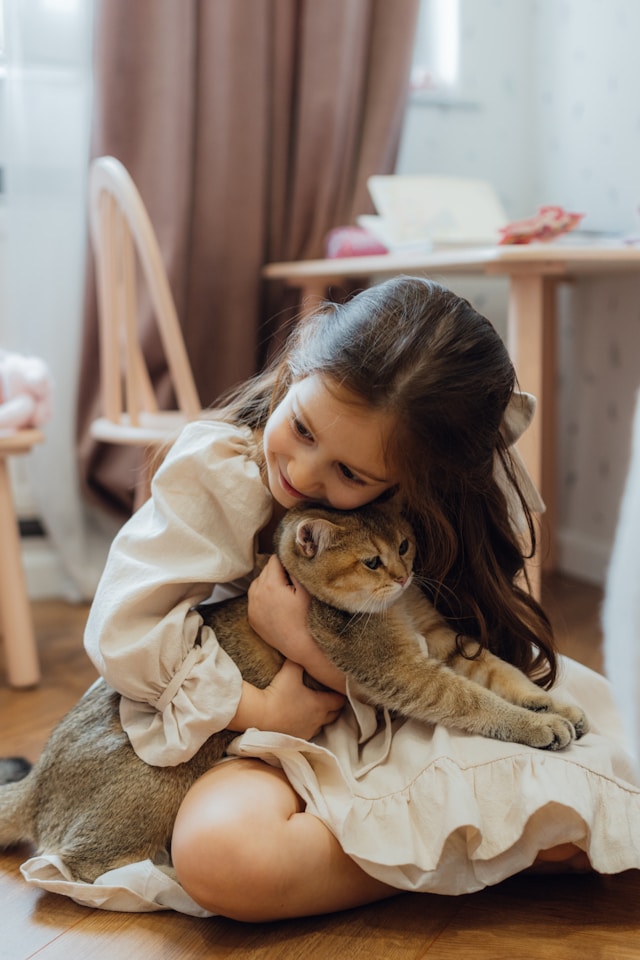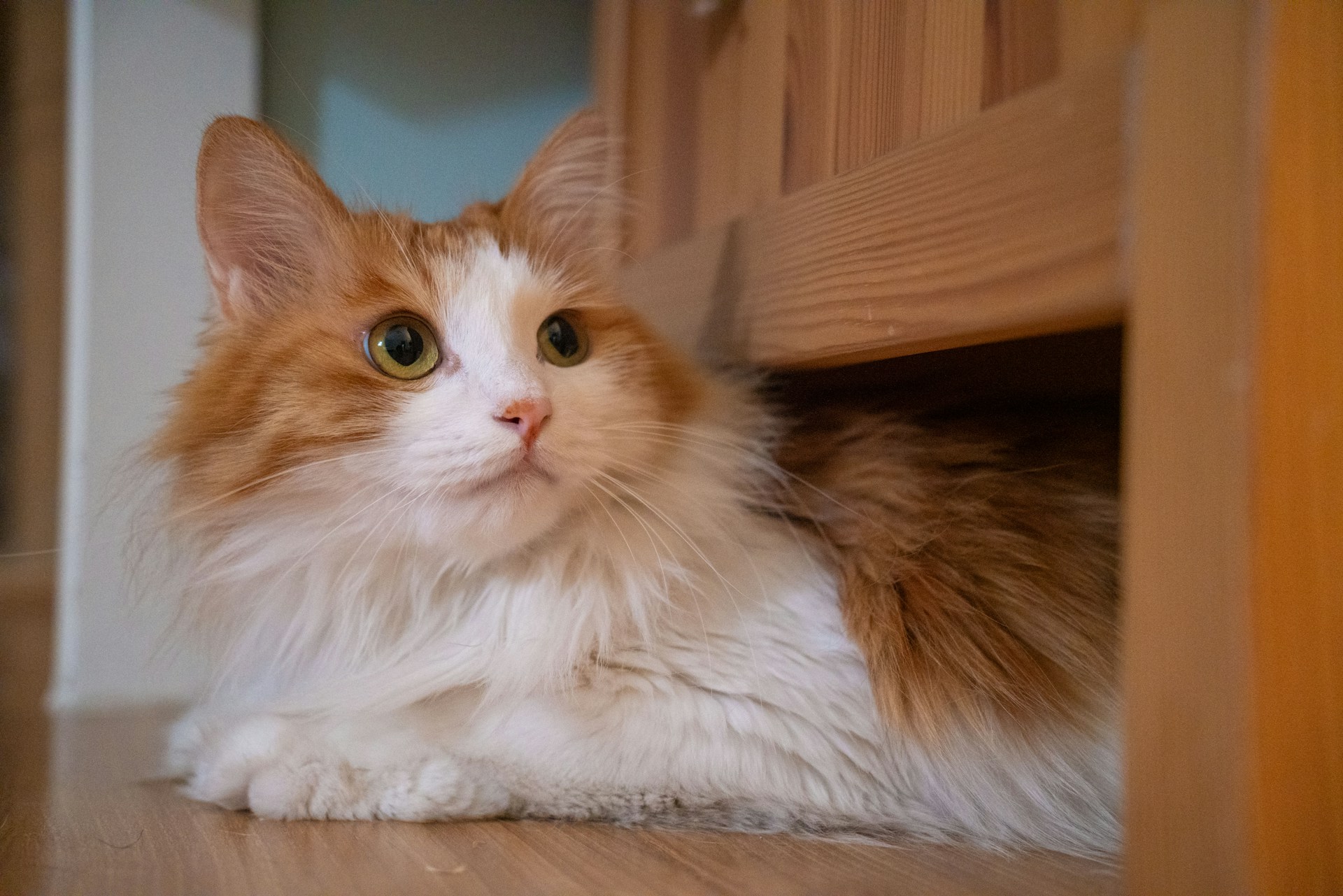While the link between cat coat color and personality remains debated, various studies and anecdotal evidence suggest some interesting correlations. This post explores the observed personality traits commonly associated with different cat colors.
1. Orange Cats
Orange cats are often perceived as friendly and sociable. Many respondents in surveys have labeled them as the “friendliest” among cat colors. Typically, male orange cats are more common, and their temperament can range from affectionate to slightly temperamental, with females often exhibiting a more laid-back demeanor. They tend to be trainable and exhibit calm behavior, making them great companions for families.
2. Black Cats
Black cats are known for having a complex reputation. They can be both stubborn and sociable, often displaying a friendly disposition toward their owners. They are also renowned for their hunting skills and loyalty. Despite historical misconceptions linking black cats to bad luck, many owners report them as very loving pets. Interestingly, some studies have noted that black cats may exhibit higher aggression levels, particularly when stressed or in unfamiliar situations.
3. Tortoiseshell Cats
Tortoiseshell cats, often characterized by their mottled coloring, are frequently described as having “attitude.” They are perceived as more temperamental and can display a mix of independence and affection. This coloration seems to be linked to higher levels of energy and stimulation needs, making them lively and spirited companions.
4. Gray Cats
Gray cats are often associated with shyness and aloofness. Studies have indicated that these cats may be less outgoing compared to others, exhibiting a calm and more reserved personality. Owners might find them to be loving, but they can take time to warm up to new people and environments.
5. Tabby Cats
Tabby cats are generally seen as social, affectionate, and easygoing. They often have a reputation for being relaxed and even somewhat lazy. The distinct patterns in their coats can signify a variety of behaviors; however, they are typically regarded as playful and loving pets with a bold and active side.
6. White Cats
White cats have unique characteristics associated with their color. Some studies suggest they can be perceived as aloof or detached, but this may often be influenced by factors like hearing loss, which is more common in white cats with certain eye colors. Their personalities can vary widely; some are quite affectionate while others may be shy and reserved.
While there are observable patterns linking cat coat colors to personality traits, it’s crucial to remember that individual temperament can be affected by numerous factors, including breed, environment, and early socialization experiences. Each cat, regardless of its color, possesses a unique personality shaped by its background and experiences. Therefore, while coat color may provide some insight into a cat’s demeanor, the most accurate assessments come from understanding the individual cat in question.
Whether you’re considering adopting a cat or simply want to better understand your furry friend, recognizing these potential links can enhance your connection and care for them.





